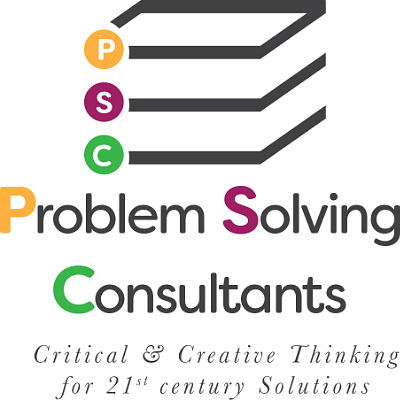According to George Bernard Shaw, “success does not consist in never making mistakes but in never making the same one a second time.” To be truly successful in resolving persistent personnel issues within your organization stop repeating the mistakes of the past.
I recently had a conversation with a mentor, Jay Block (best-selling author and motivational career coach) about the clichéd definition of insanity that has been making the rounds for a number of years. You know the one – I even made reference to it in an earlier blog. In our conversation Jay pointed out that continuing the same behavior while hoping for a different outcome is probably not insanity for us sane folks. Rather, it is ignorance. As we continued the conversation I had my “aha” moment and I agree. Repeating unsuccessful problem resolution behaviors in the corporate world is ignorance but not in the nasty sense of that word. Do you lack training or skills? Are you perhaps being stubborn? How much is your bottom line improved by continuing to stubbornly use approaches which have failed? How many in corporate leadership positions have taken the time to obtain extensive training in problem resolution? Isn’t that what you hire people to do? In this case, being a leader includes having the grace and courage to admit that your skill set or your mind set may not encompass a wide variety of creative and innovative problem solving skills. Those within your organization who are supposed to address such key issues may not be comfortable making the necessary decisions because of their commitment to the organization. Isn’t it worth your time to consult with a professional problem solver? Are you truly seeking to be successful or are you satisfied with your current blissful state?
